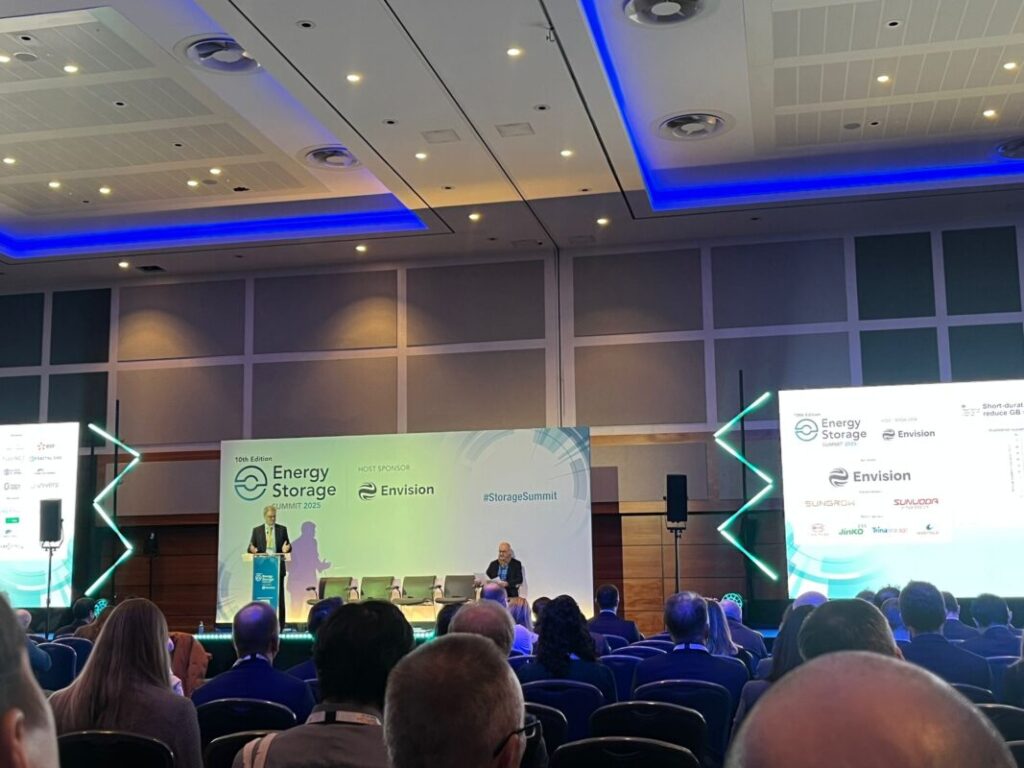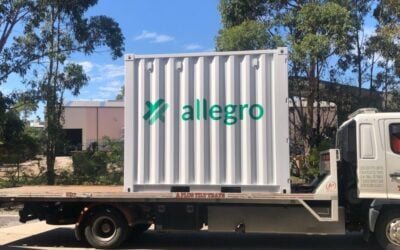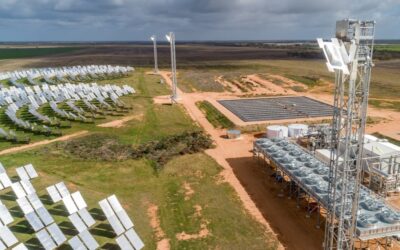
“Short duration flexibility has a massive role to play in reducing the costs of the Great British energy system, saving £10 billion a year by 2050,” Duncan Stone said this morning at the Energy Storage Summit 2025 in the UK.
Stone, deputy director for smart electricity systems in the UK government’s Department for Energy Security and Net Zero (DESNZ), emphasised that storage is a priority for the government.
Enjoy 12 months of exclusive analysis
- Regular insight and analysis of the industry’s biggest developments
- In-depth interviews with the industry’s leading figures
- Annual digital subscription to the PV Tech Power journal
- Discounts on Solar Media’s portfolio of events, in-person and virtual
“Electricity storage is absolutely essential to enabling the rollout of renewables central to our plan for clean power by 2030 because it is really good for system cost and obviously consumer bills.”
The £10 billion in savings Stone mentioned covers expenditure on interconnection, consumer flexibility and system cost. The UK government’s Clean Power 2030 (CP30) action plan sets out the renewable capacity needed for the UK electricity system to be powered almost entirely by ‘clean’ sources.
The range of short-duration energy storage capacity that the government sees supporting its CP30 mission is a five-to-sixfold increase in current online capacity to 23-27GW in 2030.
According to Stone, “If you look at how batteries are functioning in the Capacity Market, progress is already evident”.
While the UK market for lithium-ion battery storage is reaching maturity, new longer-duration storage has not been built in the country for forty years, which Stone said is “remarkable.”
CP30 also sets a target capacity for the UK’s long-duration energy storage (LDES) capacity, a comparatively modest 4-6GW, but “more is expected in 2030 given the long lead times”.
The UK government is working to enable market access for storage. Its anticipated flexibility roadmap, along with the new cap-and-floor investment support scheme, is expected to set a precedent for LDES rollout.
Stone said that the mechanism is similar to that available for electricity interconnection projects, which makes sense since the challenges faced by both technologies have been similar: both are dependent on long-term market revenues, are capex heavy and have long lead times.
He commented: “It’s absolutely right that we bring the financial support we’ve had for interconnectors to LDES assets.” He also confirmed that the UK’s energy regulator Ofgem, which is overseeing the mechanism, is opening the first round of the scheme in Q2 this year.






